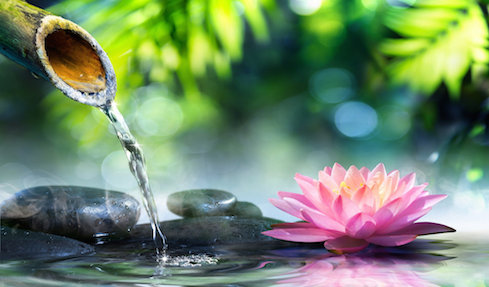Continuous Impermanence denotes impermanence that can be examined from a macroscopic standpoint. For example, in Abhidharmakosa, reference is made to the four stages of formation, abiding, disintegration, and void in the one billion world systems; phenomena which people can observe — the changes in the four seasons each year, the transformation of the moon from a full moon to crescent during the first and second half of each month, and the shift from day to night, from sunrise to sunset, over the course of twenty-four hours each day – all belong in the category of continuous impermanence. These principles are easy to apprehend; no one would think of denying this type of impermanence. Nonetheless, because of the absence of practice and contemplation, many people hold on to the view that things are permanent and long lasting. This attachment to permanence is of two types: one is innate and the other imputed.
~Depicted from THE FOUR SEALS OF DHARMA - All Composite Phenomena are Impermanent











